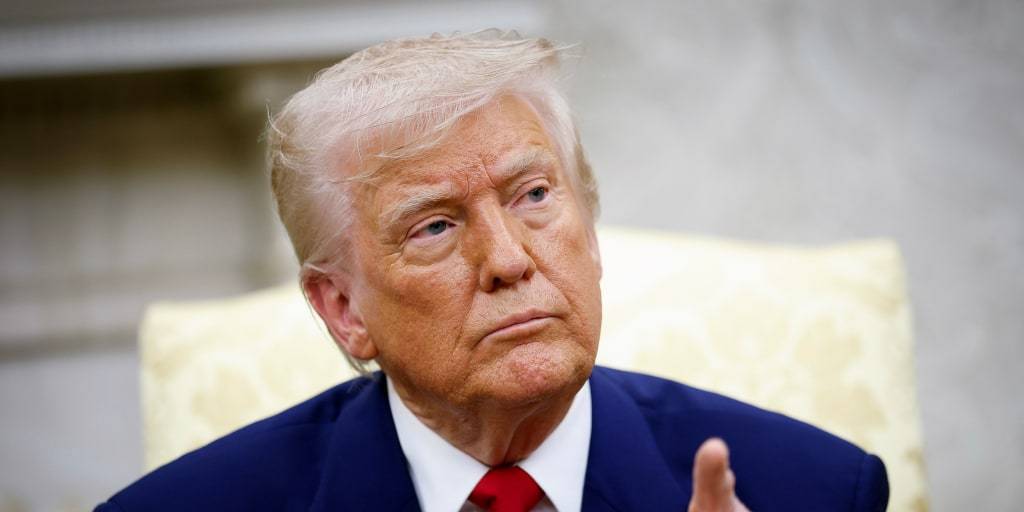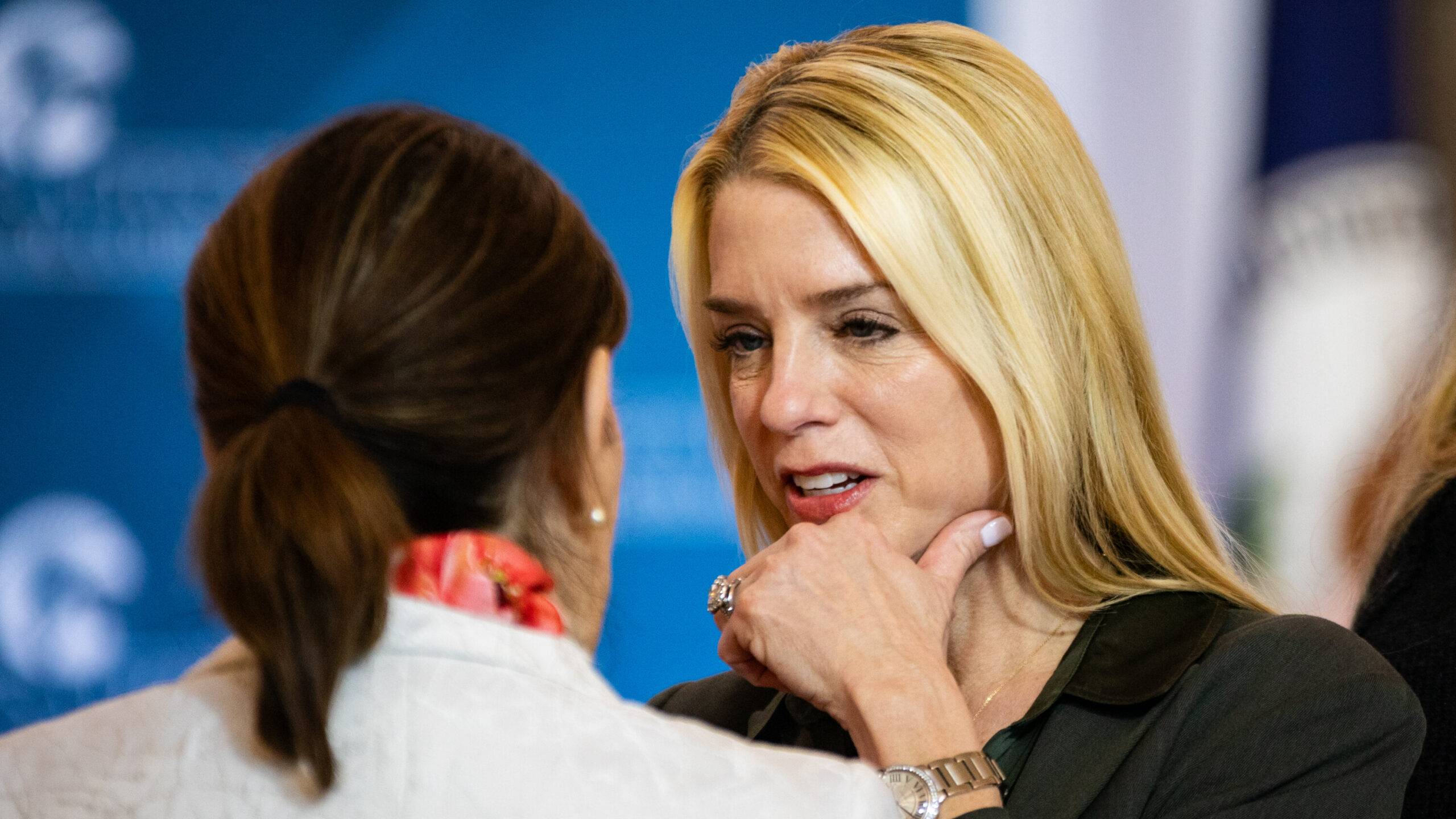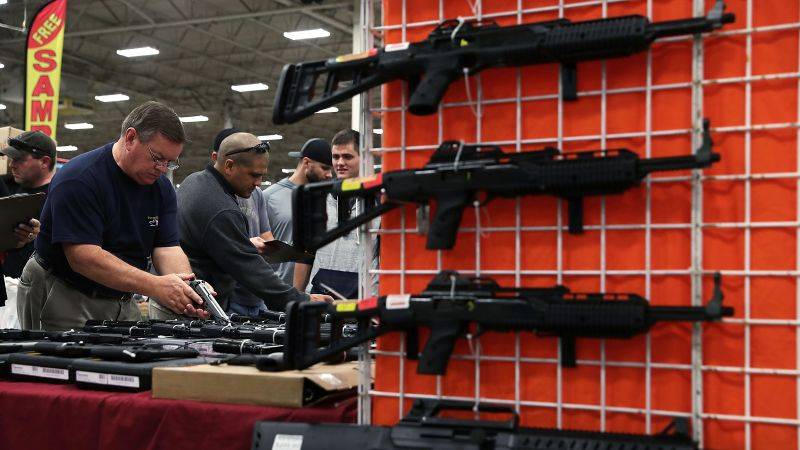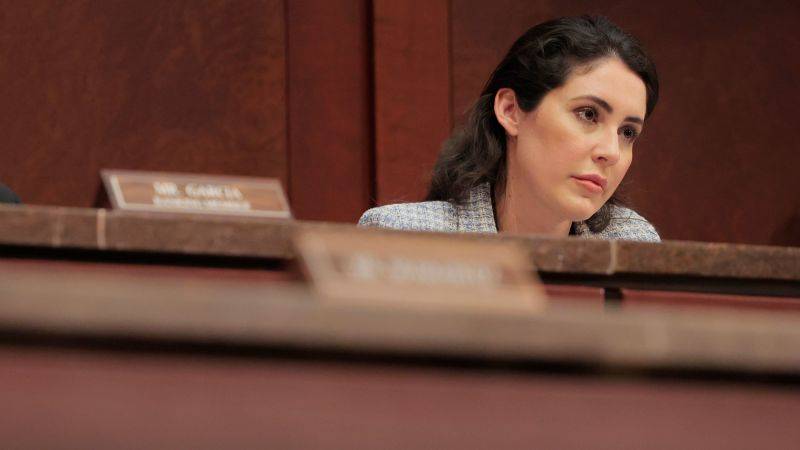The stock market took a tumble yesterday following former President Donald Trump’s latest promise to impose sweeping tariffs if elected in November. As Wall Street investors processed his comments, Trump doubled down on his trade strategy during a campaign stop in Michigan.
“They’re all complaining about tariffs,” Trump told supporters at a manufacturing plant in Detroit. “But tariffs are the greatest. Other countries have been taking advantage of us for decades. That stops when I’m back in office.”
The Dow Jones Industrial Average dropped nearly 400 points after Trump’s comments, with analysts pointing to growing investor concerns about potential trade wars. This marks the third consecutive day of market volatility linked to tariff discussions.
What’s particularly notable is Trump’s specific mention of a potential 60% tariff on Chinese goods and at least 10% on imports from all other countries. These numbers represent a significant escalation from his previous administration’s policies that topped out around 25% for most Chinese imports.
“The market reaction tells us investors are taking these threats seriously,” said Moody’s Analytics chief economist Mark Zandi in a phone interview. “There’s real concern that implementing tariffs at these levels would trigger retaliatory measures and potentially disrupt global supply chains.”
Meanwhile, Trump’s campaign team has been working to frame these economic policies as beneficial for American workers. His senior economic advisor, Stephen Moore, appeared on several news programs defending the approach.
“What the president is proposing isn’t just about trade balances,” Moore told CNN yesterday. “It’s about rebuilding American manufacturing and creating leverage in negotiations with countries that have taken advantage of us.”
The timing of Trump’s tariff push coincides with ongoing diplomatic efforts between the Biden administration and Iran. Secretary of State Antony Blinken confirmed yesterday that discussions are progressing regarding the release of American detainees, though he declined to provide specific details.
Data from the Peterson Institute for International Economics suggests the average American household paid approximately $800 per year in higher prices due to tariffs implemented during Trump’s first term. That figure could potentially double under the new proposal, according to preliminary analysis by the nonpartisan research organization.
Several Republican lawmakers have expressed private concerns about the economic implications of Trump’s tariff strategy. Senator Mitt Romney told reporters yesterday that while he supports getting tough on China, “blanket tariffs often hurt American consumers more than they punish foreign competitors.”
I’ve covered trade policy debates for nearly two decades, and what strikes me about this moment is how the political calculation seems to be overriding economic considerations. During a conversation with a senior Treasury official last week (who requested anonymity to speak candidly), they admitted the administration is watching Trump’s economic messaging with growing concern.
“There’s a reason most mainstream economists view broad tariffs skeptically,” the official told me. “They’re essentially taxes paid by American businesses and consumers.”
Public polling shows mixed reactions to Trump’s trade approach. A recent Pew Research survey found 53% of Americans believe increased tariffs would raise prices for consumers, while 41% think they would help protect American jobs. The division largely falls along partisan lines.
The Federal Reserve Board’s latest economic projections, released earlier this month, already factor in some trade uncertainty for their 2024-2025 outlook. Fed Chair Jerome Powell carefully avoided direct political commentary in his last press conference but acknowledged that “trade policy shifts represent one of several potential risks to economic stability.”
For manufacturing workers in key swing states like Michigan, Pennsylvania, and Wisconsin, the tariff debate resonates differently than it does on Wall Street. During my reporting trip through Erie, Pennsylvania last month, I spoke with dozens of former steel workers who expressed support for aggressive trade measures, even if they might









